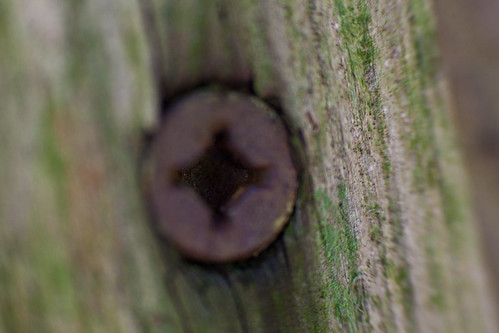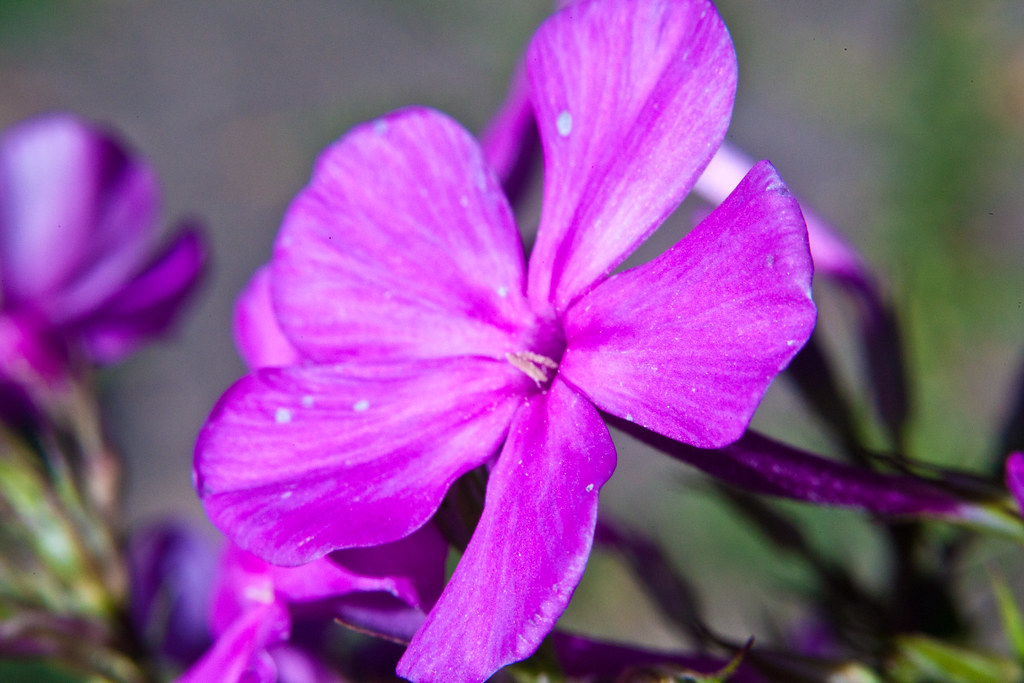Today was the first Magic tournament of the season at Ockanickon and it was nice to catch up with the staff members that perennially help. Dave Scherr was still Commander Giggles and Sean Applegate was still a skilled apiarist as proved by the following:
Sean: Terry.
Me: Yes?
Sean: I had a swarm split the other day.
Me: What’s that involve?
Sean: You have to get the groups of bees to split off so that there’s enough space between the queens for the workers to not go nuts.
Me: How do you do that?
Sean: I put the bees in a box and moved them to a new hive. If you get enough bees in one spot they kind of flow over each other into a river of bees.
A river of bees. That’s a level of Dante’s Inferno, I think.



